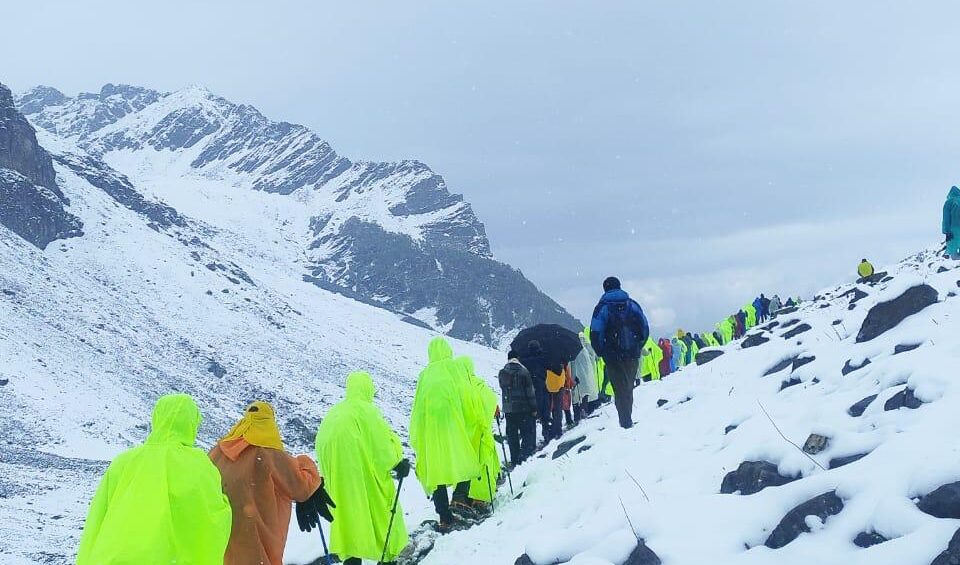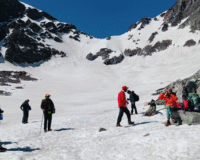The Allure of Rupin Pass: A Journey Through Contrasting Landscapes
Rupin Pass Trek is a famous high trek in the Indian Himalayas, known for its dramatic landscape changes, challenging terrain, and for fantastic scenery. It is a cross-over-Trek, which starts in Uttarakhand and ends in Himachal Pradesh, providing a unique blend of cultural immersion and raw natural beauty to hikers. For “Pahdi trekkers”, this walk should be an absolute, which embodies the spirit of the Himalayas adventure. What makes Rupin Pass so captivating is that it has an incredible variety. Over the course of 7-8 days you will see a complete change of scenes from lush green valleys and dense forests to alpine meadows and expands.



